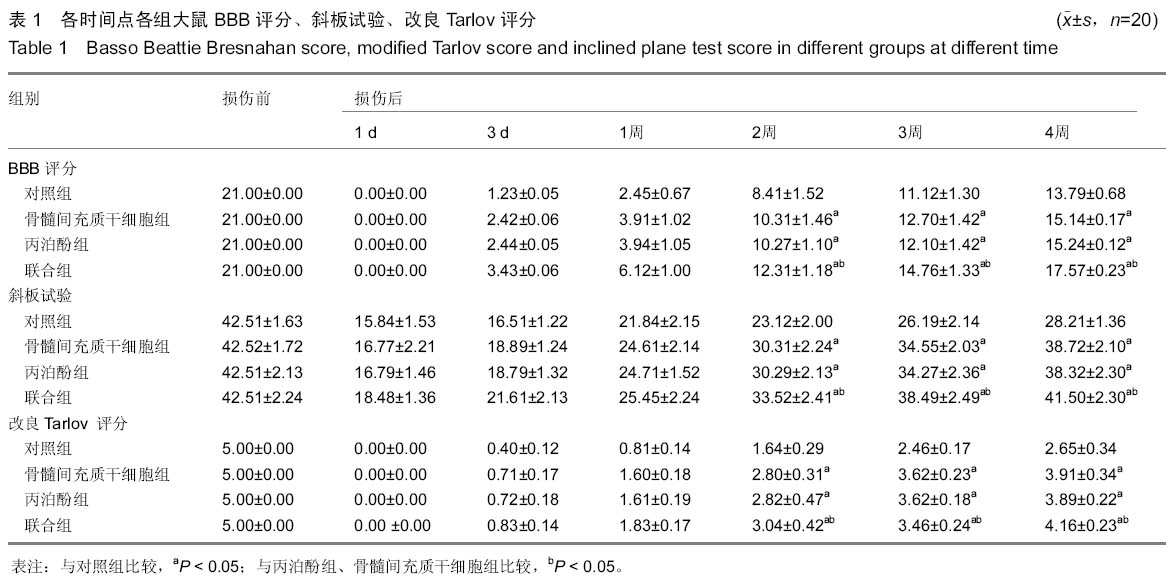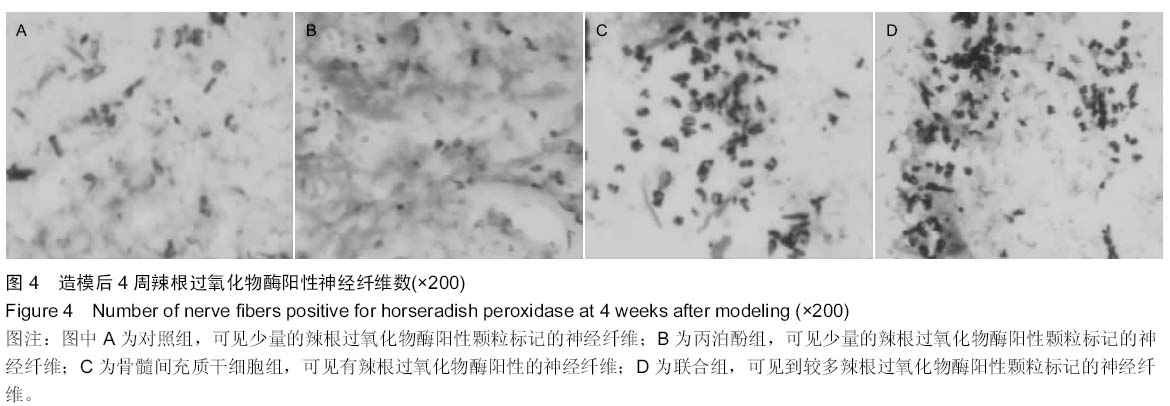|
[1] Li Q, Liu T, Zhang L, et al. The role of bFGF in down-regulating α-SMA expression of chondrogenically induced BMSCs and preventing the shrinkage of BMSC engineered cartilage. Biomaterials. 2011;32(21):4773-4781.
[2] Furukawa S, Sameshima H, Yang L, et al. Activation of acetylcholine receptors and microglia in hypoxic-ischemic brain damage in newborn rats. Brain Dev. 2013;35(7): 607-613.
[3] Sun Y,Zhang XZ,Zhou Q,et al.Propofol’s effect on the sciatic nerve Harmful or protective? Neural Regen Res. 2013;8 (27): 2520-2530.
[4] Ohira T, Ando R, Okada Y, et al. Sequence of busulfan-induced neural progenitor cell damage in the fetal rat brain. Exp Toxicol Pathol. 2013;65(5):523-530.
[5] Ariake K, Ohtsuka H, Motoi F, et al. GCF2/LRRFIP1 promotes colorectal cancer metastasis and liver invasion through integrin- dependent RhoA activation. Cancer Lett.2012;325(1):99-107.
[6] Björklund E, Lindberg E, Rundgren M, et al. Ischaemic brain damage after cardiac arrest and induced hypothermia--a systematic description of selective eosinophilic neuronal death. A neuropathologic study of 23 patients. esuscitation. 2014;85(4):527-532.
[7] Yu QJ,Hu J,Yang J,et al. Protective effect of propofol preconditioning and postconditioning against ischemic spinal cord injury. Neural Regen Res. 2011;6(12): 951-955.
[8] Choi HJ, Lee DH, Park SH, et al. Induction of human microsomal prostaglandin E synthase 1 by activated oncogene RhoA GTPase in A549 human epithelial cancer cells. Biochem Biophys Res Commun. 2011;413(3):448-453.
[9] Liu X, Sun H, Yan D, et al. In vivo ectopic chondrogenesis of BMSCs directed by mature chondrocytes. Biomaterials. 2010; 31(36):9406-9414.
[10] Jiang X, Zhao J, Wang S, et al. Mandibular repair in rats with premineralized silk scaffolds and BMP-2-modified bMSCs. Biomaterials. 2009;30(27):4522-4532.
[11] Zhang JH,Wei H,Lin MM,et al.Curcumin protects against ischemic spinal cord injury The pathway effect.Neural Regen Res. 2013;8 (36): 3391-3400
[12] Xiang SY, Dusaban SS, Brown JH. Lysophospholipid receptor activation of RhoA and lipid signaling pathways. Biochim Biophys Acta. 2013;1831(1):213-222.
Chen LJ, Sun BH, Qu JP, et al. Avermectin induced inflammation damage in king pigeon brain. Chemosphere. 2013;93(10):2528-2534. |











